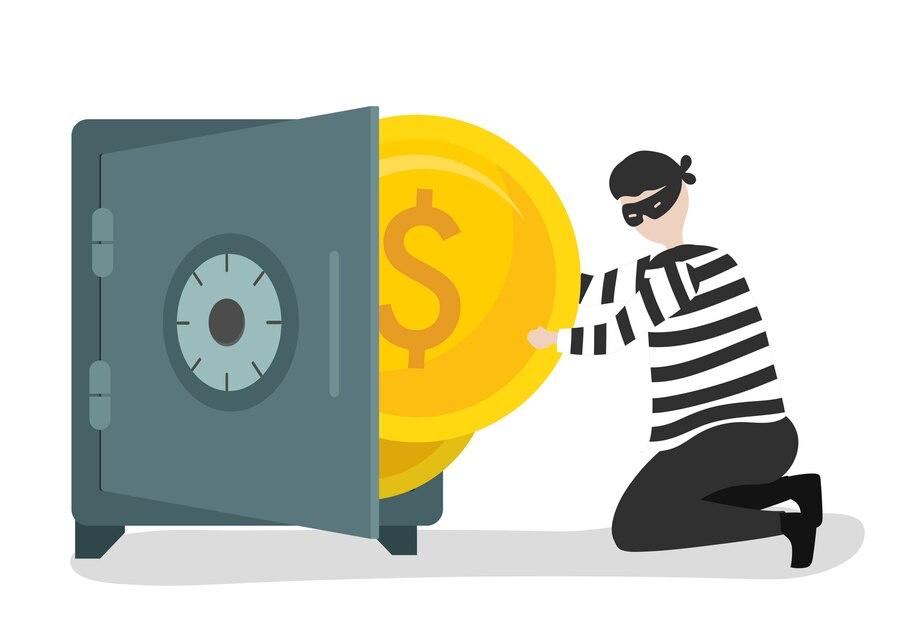In the modern world of finance, there are many offers from banks and financial institutions. One of the most attractive options for depositors is high-yield deposits. Such offers promise significant returns on invested funds and seem to be a reliable way to multiply savings. However, behind the bright advertising slogans, deceptive schemes often hide, which can lead to the loss of invested funds.
What are high-yield deposits?
High-yield deposits are bank deposits that offer significantly higher interest rates compared to traditional deposits. They attract investors with promises of quick and stable income, making them especially appealing to those looking to increase their savings.
However, despite the attractiveness of the terms, it is important to understand that high returns are always associated with high risk. Many factors can affect the stability of deposits, ranging from the economic conditions in the country to the actions of the financial institutions themselves.
The market of high-yield deposits: reality and myths
Due to current economic conditions, many banks are trying to attract clients to their high-yield products. However, such offers have their nuances. Not all banks that offer high interest rates have a reliable reputation. It is important not only to evaluate the interest rate but also to study the financial condition of the bank itself and its licenses.

The myth that high returns are an exclusively positive factor puts depositors in a dangerous position. In practice, there are situations when banks offering attractive rates start experiencing financial difficulties, which may lead to a reduction in rates or even bankruptcy. Therefore, it is always worth paying attention to the following aspects:
- License and reputation of the bank. It is important that the financial institution has all the necessary licenses and a positive reputation among depositors. You can study reviews from other clients and information about the bank in specialized sources.
- Comparison of conditions. Before investing funds, it is recommended to compare offers from different banks. Pay attention not only to interest rates but also to withdrawal conditions, possible penalties, and fees.
- Guarantees. In most countries, deposit accounts are insured, but it is important to clarify the amount covered by insurance and which banks are included in this program.
- Read the fine print. Financial institutions often add special conditions to contracts that may affect the profitability of the deposit. Pay attention to penalties for early withdrawal and other negative aspects.

How to recognize financial schemes and fraud
Modern financial schemes are becoming more sophisticated, and fraudsters often use high-yield deposits to attract investments. To recognize fraud, pay attention to several key signs.
Unusually high interest rate
If an offer seems too good to be true, it most likely is. Banks and financial institutions that operate legally generally adhere to the market and cannot offer returns significantly exceeding the average market rates. It should be known that high rates may be just an advertising trick hiding hidden fees or risks.
Lack of transparent information
Legal financial institutions are required to provide their clients with full information about the deposit. If you are offered conditions without clear explanations, this may be a sign of fraud. Transparency is the key to trust, and serious banks always have the opportunity to explain their terms and risks.
Operations through third-party organizations
Some fraudsters hide behind so-called "investment funds" or "affiliate programs". If you are offered to invest not through a bank but through third-party organizations or websites, be cautious. Always choose only licensed and verified financial institutions for transactions.

How to protect your savings
Protecting your savings is an important aspect of multiplying monetary funds. There are several simple and effective tips for this:
Diversification of savings
Do not keep all your funds in one bank or one deposit. Distribute your assets among several financial institutions. This will help minimize risks in case one of the banks proves unstable.
Minimum amounts
Do not invest all your funds in high-yield deposits. It is better to distribute money across different categories: part in low-risk, part in high-yield, which will help reduce the overall risk of loss.
Monitoring financial news
Always stay informed about current news related to the financial world. This will help you assess risks associated with specific banks or deposit schemes and make informed decisions.
Consultations with financial experts
If you are unsure where to invest your funds, it is useful to consult professionals. Financial advisors will help you understand the risks and offers in the market and suggest the best solutions for your budget.
Studying documents
Before signing any contract, carefully study all the conditions. Do not hesitate to ask questions and clarify unclear points. Serious banks never hide information from their clients.

High-yield deposits can be an effective tool for increasing savings, but it is important to be cautious with such offers. Fraud is widespread in the financial sector, and the average investor must be especially attentive and careful. It is important to analyze the reputation of banks, carefully study conditions, and always recognize potential signs of fraud. By following these simple tips, you can protect your money and multiply your capital safely.
Remember that the main goal of financial investments is not only to earn income but also to ensure your financial security. Thoughtful actions will help you avoid traps and make your savings truly profitable.


